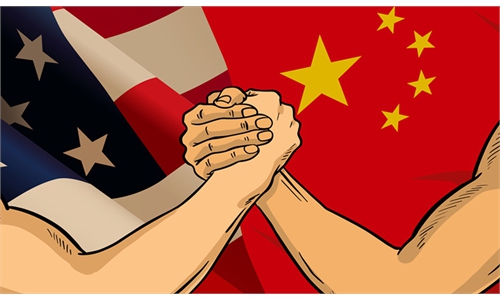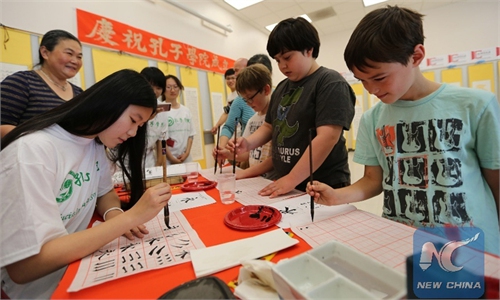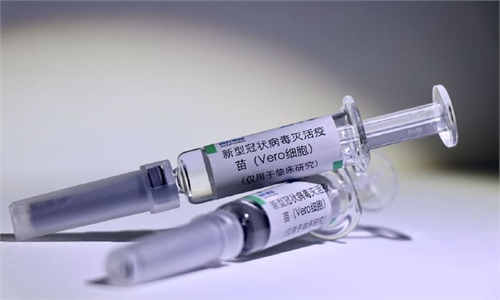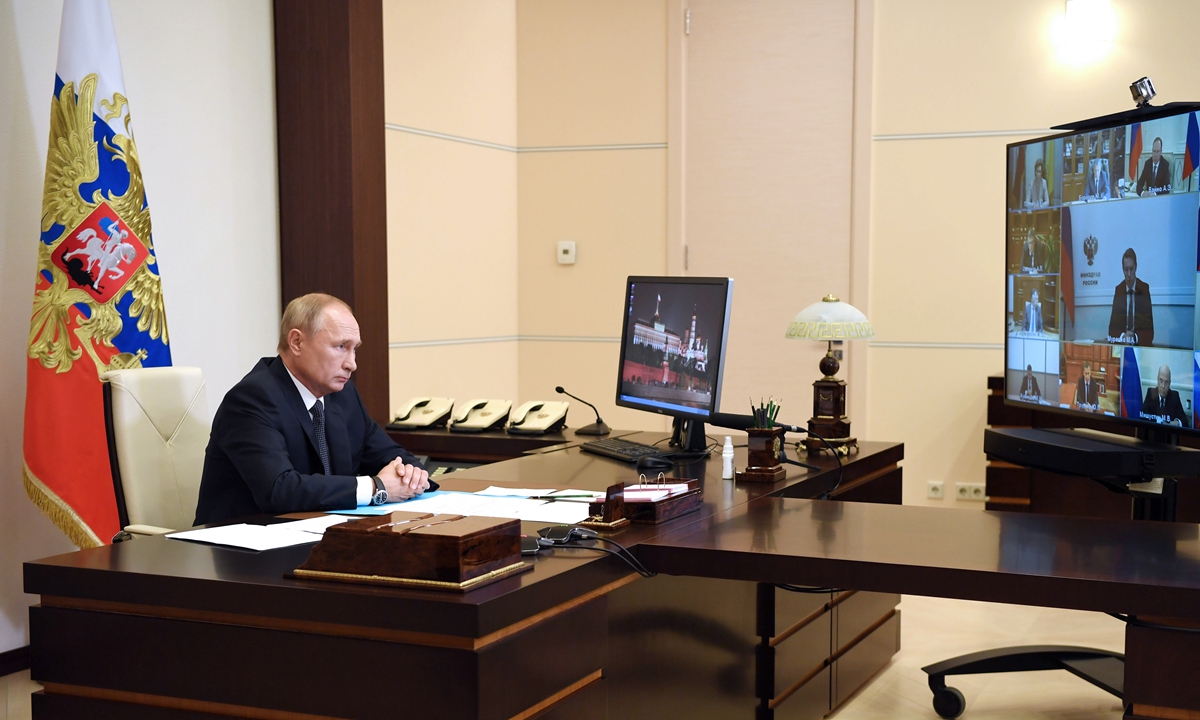How to use MySejahtera, Gerak Malaysia and MyTrace
https://youtu.be/FDYCakU78rI
In this video, we show you how to use Malaysia's three COVID-19 tracing apps to help you navigate the MCO better. Visit us at www.klgadgetguy.com for tech news, gadget reviews and more.
Cara Daftar Premis & Check In QR Code dengan MySejahtera
https://youtu.be/HB_uGoc13Kw
Aplikasi penting semasa pkp. Cara daftar dan menggunakan aplikasi MySejahtera / My Sejahtera. https://youtu.be/jHYuv43cr2k
https://youtu.be/XbdhdsNYEDk
https://youtu.be/SsDNmh6ODS0
KUALA LUMPUR: THE government plans to make the use of the MySejahtera app mandatory and do away with manual registration of personal data, the House heard.
Minister in the Prime Minister’s Department Datuk Seri Redzuan Md Yusof said: “We are currently studying and discussing with the National Security Council and the Attorney General’s Chambers whether we can enforce this as a law.”
He replied to Dr Lee Boon Chye (PH-Gopeng) during Minister’s Question Time.
The MP had asked the ministry to state the limitations faced during the implementation of the MySejahtera app as many premises still used logbooks to record a customer’s information.
Redzuan said this was part of a new culture that the government was trying to introduce to make it easier for the local community to cooperate with the government.
To the initial question, Redzuan revealed that 15.1 million users have registered under the MySejahtera app as of Aug 16.
“Users will have to answer questions relating to their health and travel information when they first register based on the standard operating procedure set by the Health Ministry,” he added.
Redzuan also said that the app successfully detected 322 out of 9,200 Covid-19 patients in the country.
“A quick way of contact tracing can be achieved via the MySejahtera app and the total number of contacts can be detected based on the number of Covid-19 positive cases,” he said.
Source link
Read more
Malaysians listen up! You can soon get RM50 eWallet credit when you download the MySejahtera app. In other news, our prime minister has announced that telcos will be offering free data everyday to support e-learning as well as productivity activities.
Others
中国不敢公开的秘密!马航乘客早已找到!白宫高管爆出猛料!现已被辞退!“其实他们全被关押在这里!”【热点时局 Hot News】
欢迎来到热点时局 Hot News!我们会为您带来最快,最新,最全的全球新闻动态,专业独到的军事军情观察,喜欢全球各地政治军事内容的朋友,欢迎订阅本频道。每日更新,为您带来最新最独到的新闻资讯!
https://youtu.be/FDYCakU78rI
In this video, we show you how to use Malaysia's three COVID-19 tracing apps to help you navigate the MCO better. Visit us at www.klgadgetguy.com for tech news, gadget reviews and more.
https://youtu.be/aBb3HeH2bY4
Cara Daftar Premis & Check In QR Code dengan MySejahtera
https://youtu.be/HB_uGoc13Kw
Aplikasi penting semasa pkp. Cara daftar dan menggunakan aplikasi MySejahtera / My Sejahtera. https://youtu.be/jHYuv43cr2k
#MyTrace #COVID19 #MovementControlOrder, MyTrace: A Quick Guide
https://youtu.be/XbdhdsNYEDk
MyTrace: A Quick Guide
#MyTrace is one of three #COVID19 apps that have been produced by the government of Malaysia, after MySejahtera and Gerak Malaysia.
Essentially, MyTrace acts as a beacon that would be flagged automatically if you are nearby another MyTrace user that is tested positive for COVID-19 infection.
This would allow authorities to reach out to you for further action such as to perform COVID-19 test, self/mandatory quarantine, and even trace other nearby MyTrace users that might have been exposed to the virus at the same time as you.
Out of three COVID-19 apps that were produced by the government of Malaysia, this is so far the easiest to use. Do go through our MyTrace quick guide to learn more.
For more stories about MyTrace, visit: http://lowy.at/mytrace.
Mandatory use of MySejahtera app being mulled
https://youtu.be/SsDNmh6ODS0
KUALA LUMPUR: THE government plans to make the use of the MySejahtera app mandatory and do away with manual registration of personal data, the House heard.
Minister in the Prime Minister’s Department Datuk Seri Redzuan Md Yusof said: “We are currently studying and discussing with the National Security Council and the Attorney General’s Chambers whether we can enforce this as a law.”
He replied to Dr Lee Boon Chye (PH-Gopeng) during Minister’s Question Time.
The MP had asked the ministry to state the limitations faced during the implementation of the MySejahtera app as many premises still used logbooks to record a customer’s information.
Redzuan said this was part of a new culture that the government was trying to introduce to make it easier for the local community to cooperate with the government.
To the initial question, Redzuan revealed that 15.1 million users have registered under the MySejahtera app as of Aug 16.
“Users will have to answer questions relating to their health and travel information when they first register based on the standard operating procedure set by the Health Ministry,” he added.
Redzuan also said that the app successfully detected 322 out of 9,200 Covid-19 patients in the country.
“A quick way of contact tracing can be achieved via the MySejahtera app and the total number of contacts can be detected based on the number of Covid-19 positive cases,” he said.
Source link
Read more
Govt plans to use MySejahtera app as sole method of...
Download the mySejahtera app and get RM50 e-wallet credit!
Others
中国不敢公开的秘密!马航乘客早已找到!白宫高管爆出猛料!现已被辞退!“其实他们全被关押在这里!”【热点时局 Hot News】
欢迎来到热点时局 Hot News!我们会为您带来最快,最新,最全的全球新闻动态,专业独到的军事军情观察,喜欢全球各地政治军事内容的朋友,欢迎订阅本频道。每日更新,为您带来最新最独到的新闻资讯!



























